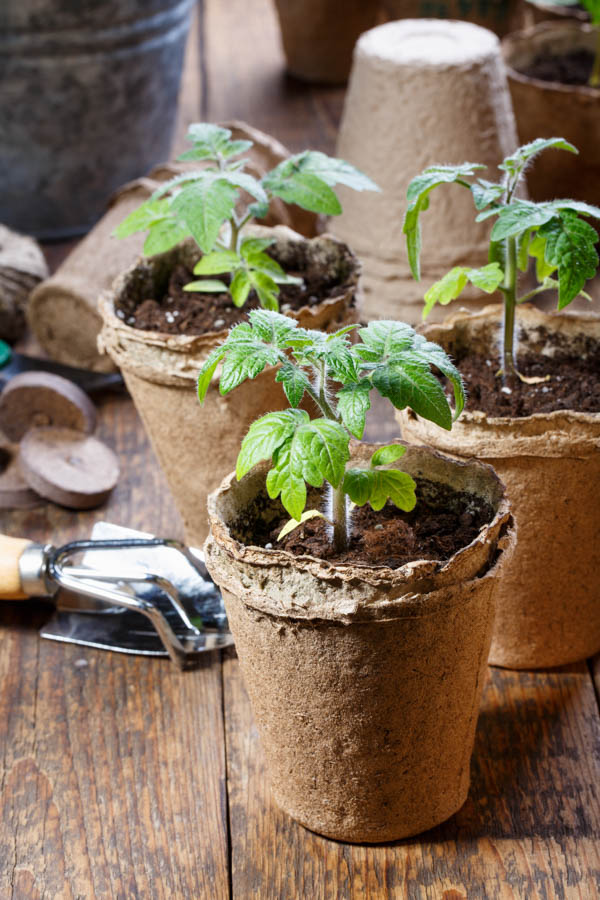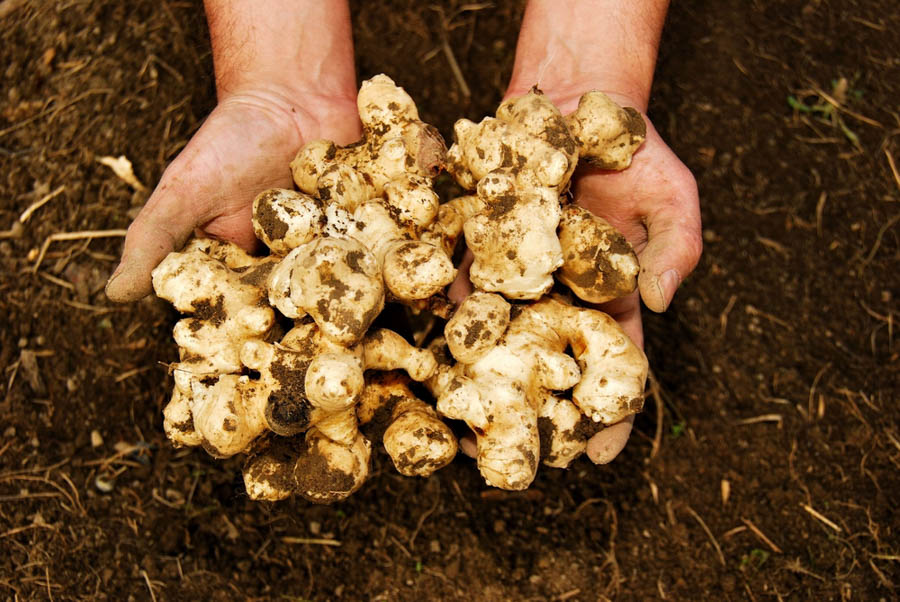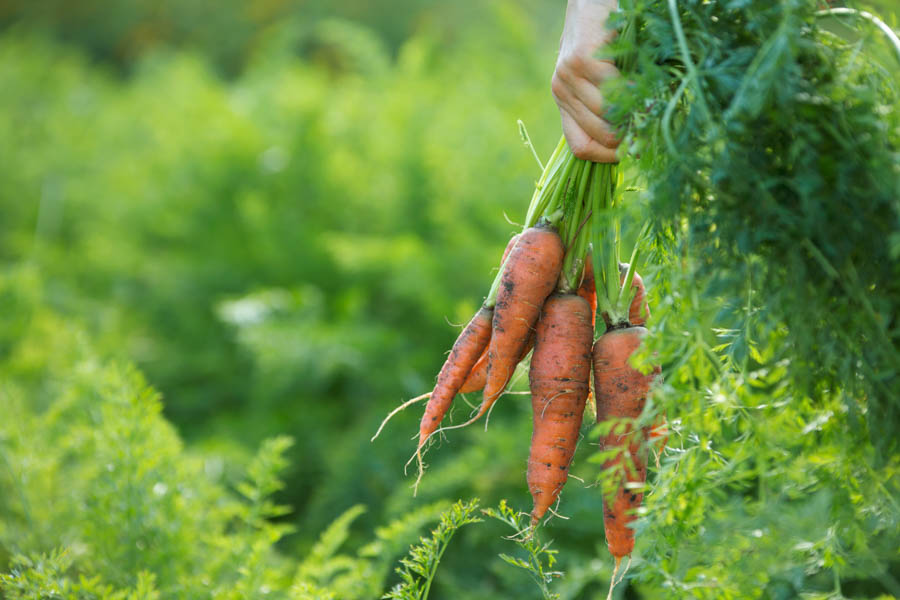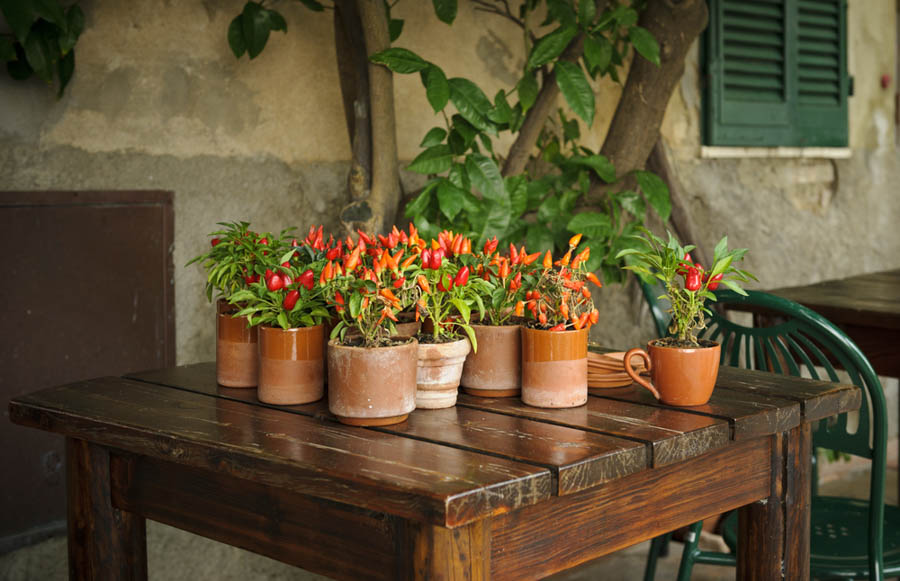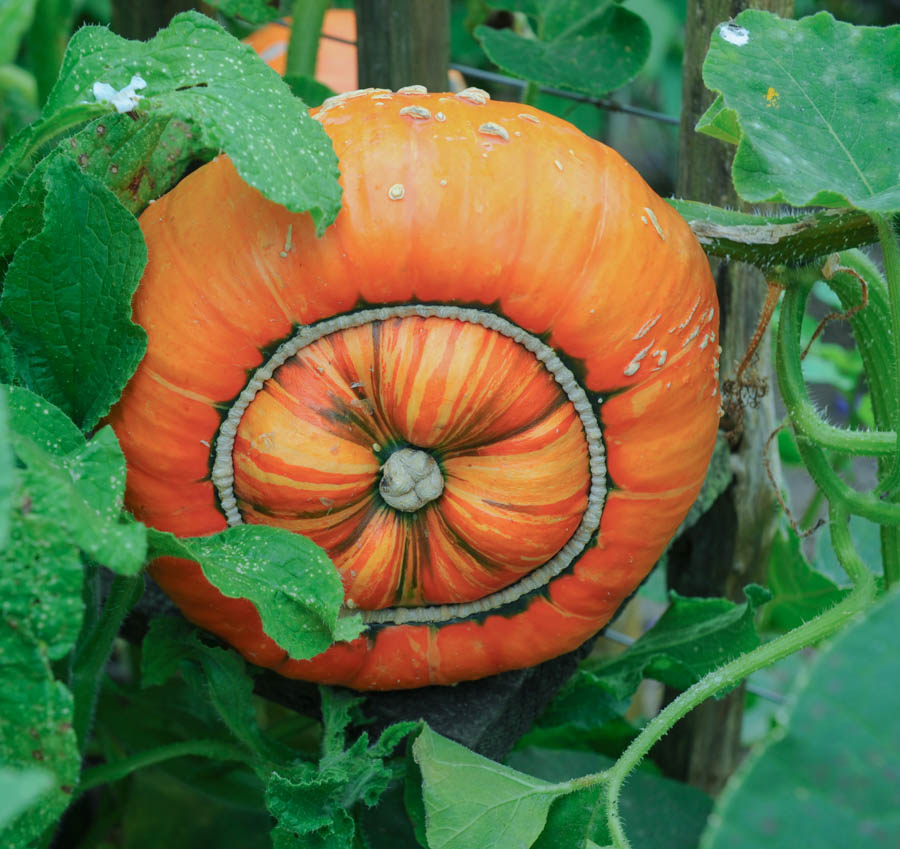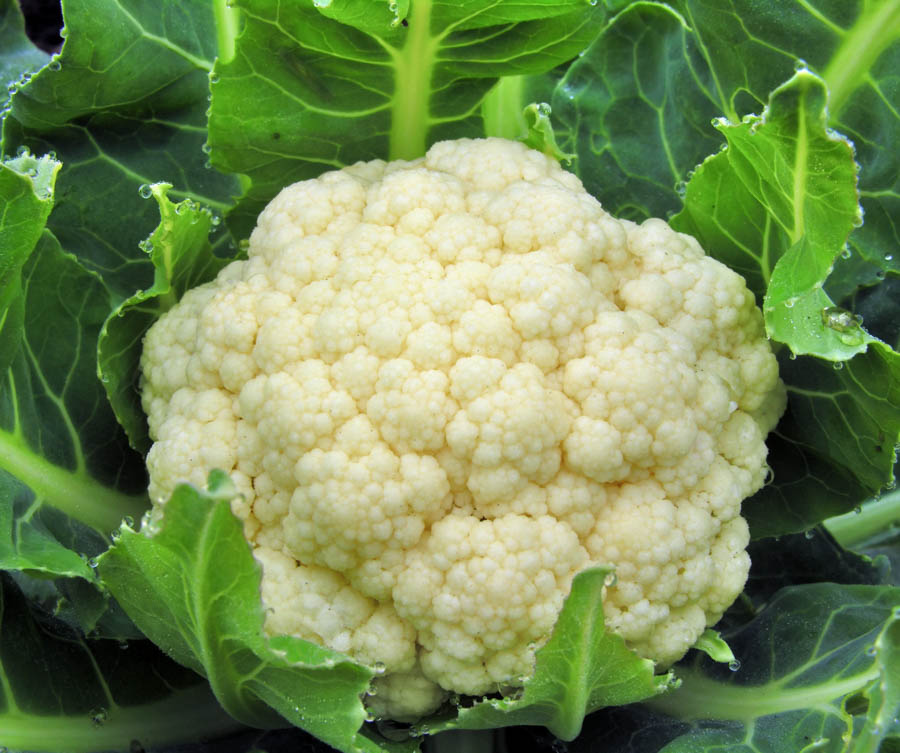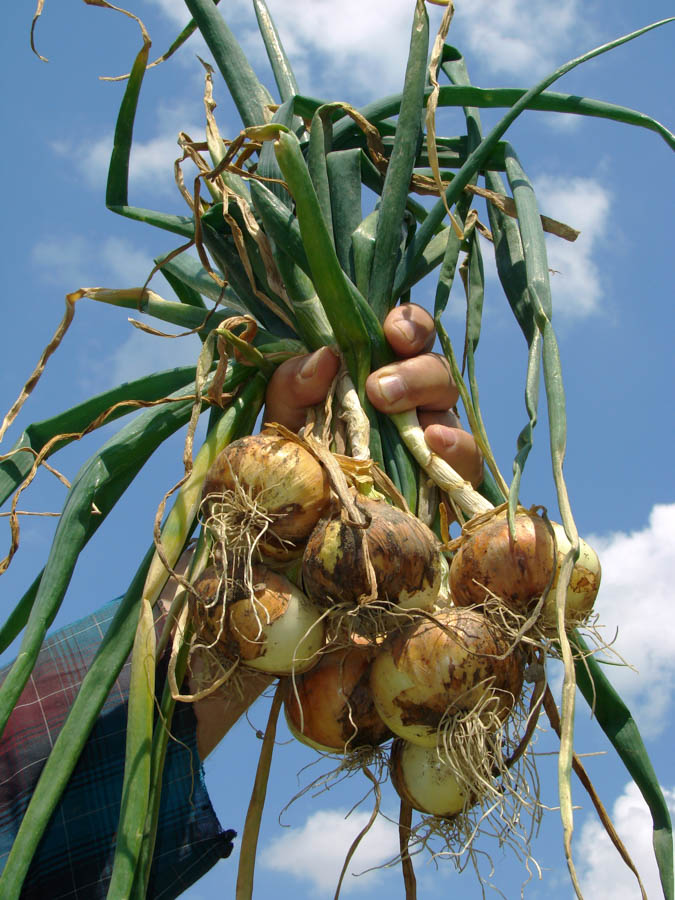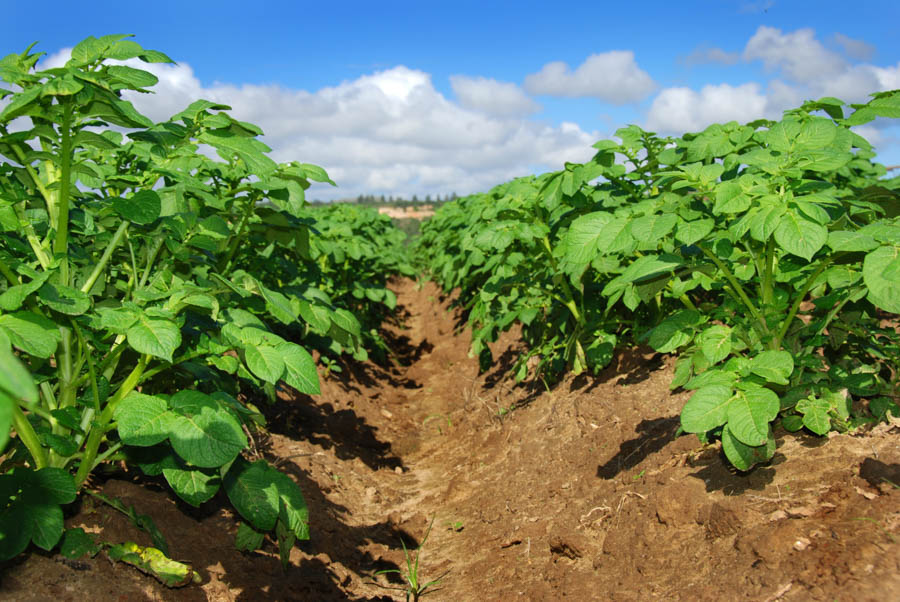Dig in
Growing Tomatoes? 8 Tasks for April
April 17, 2018
Nothing But Tomatoes
/ Organic Gardening: Vegetables
/ The Mighty Garden Archive
By: Ann Clary
For many gardeners, tomato is the queen of warm season vegetables. Get the most from your tomato plants by placing the following on your gardening checklist: Continue to start seeds directly outdoors of warm season tomato varieties such as Brandywine, Big Beef and Tobolsk or continue to start seeds directly outdoors of short-season varieties like […]
Read More
Getting Started With Jerusalem Artichokes
Despite their misleading name, Jerusalem artichokes are perennial sunflowers, not artichokes, typically grown for their tubers with the flowers being an added bonus. Jerusalem artichokes are grown like annual sunflowers: plant them in neutral to slightly alkaline soil in full sun and in warm weather. To determine your soil pH see Tips for Testing Soil […]
Read More
Storing Freshly Harvested Carrots: 5 Essential Tips
You have just harvested your carrots. How should you prepare and store them? Here are five essential tips: Carrots last for up to three to five months under ideal the conditions of 32° F and high humidity. To optimize the storage life of carrots, brush off all dirt, then wash and dry thoroughly. Unless […]
Read More
Do Peppers Make Good Container Plants?
April 6, 2018
Container Gardening
/ Organic Gardening: Vegetables
/ The Mighty Garden Archive
By: Ann Clary
Both hot and sweet peppers make excellent container plants. Containers allow you to move peppers to follow seasonal changes in sun, to shaded areas during hot summers, warmer areas during winter, and to protected areas when necessary in response to winds or other environmental factors. Fruits may crack or develop blossom end rot easily as […]
Read More
Winter Squash and Companion Planting
It can be difficult to know what to plant next to winter squash: winter squash plants take up a large amount of garden space and can easily overwhelm neighboring plants. Because lack of pollination is a primary reason for poor yield, GardenZeus recommends encouraging bees to visit your squash by planting it near borage, nasturtiums, […]
Read More
Harvesting Cauliflower: 6 Essential Tips
Uncertain exactly when you should harvest your cauliflower heads? Here are 6 tips to ensure that your cauliflower is harvested at exactly the right time. Keep consistent attention on your cauliflower plants after young curds form to harvest at the largest possible size while curds are still of good quality. Cauliflower has a relatively short […]
Read More
Harvesting Onions: GardenZeus Tips
Your onions have been growing slowly but surely. But how do you know when they are really ready for harvest? Leaves and roots of bulb onions can be harvested at any time after they reach a desired or reasonable size for eating, from baby scallions to mature bulbs. If harvesting before maturity, you may need […]
Read More
Potatoes: Harvesting, Curing and Storing
Potato plants are often abundant producers; to best preserve the harvest, potatoes should be carefully harvested and correctly cured and stored. New Potatoes. Potatoes begin to produce tubers after flowering. Several weeks after flowering, dig carefully into the loose soil at the sides to find the thin-skinned new potatoes. These new potatoes should be eaten […]
Read More
Field-Blanching Cauliflower
Many varieties of white cauliflower need to be field-blanched (also just called “blanched”) to produce the best-quality curds; purple, green, orange, and self-blanching varieties generally do not require blanching. Field blanching means blocking out sunlight, as opposed to kitchen blanching, which means boiling or cooking briefly. Unblanched white cauliflower may develop undesirable yellow-to-brown color, texture, […]
Read More
